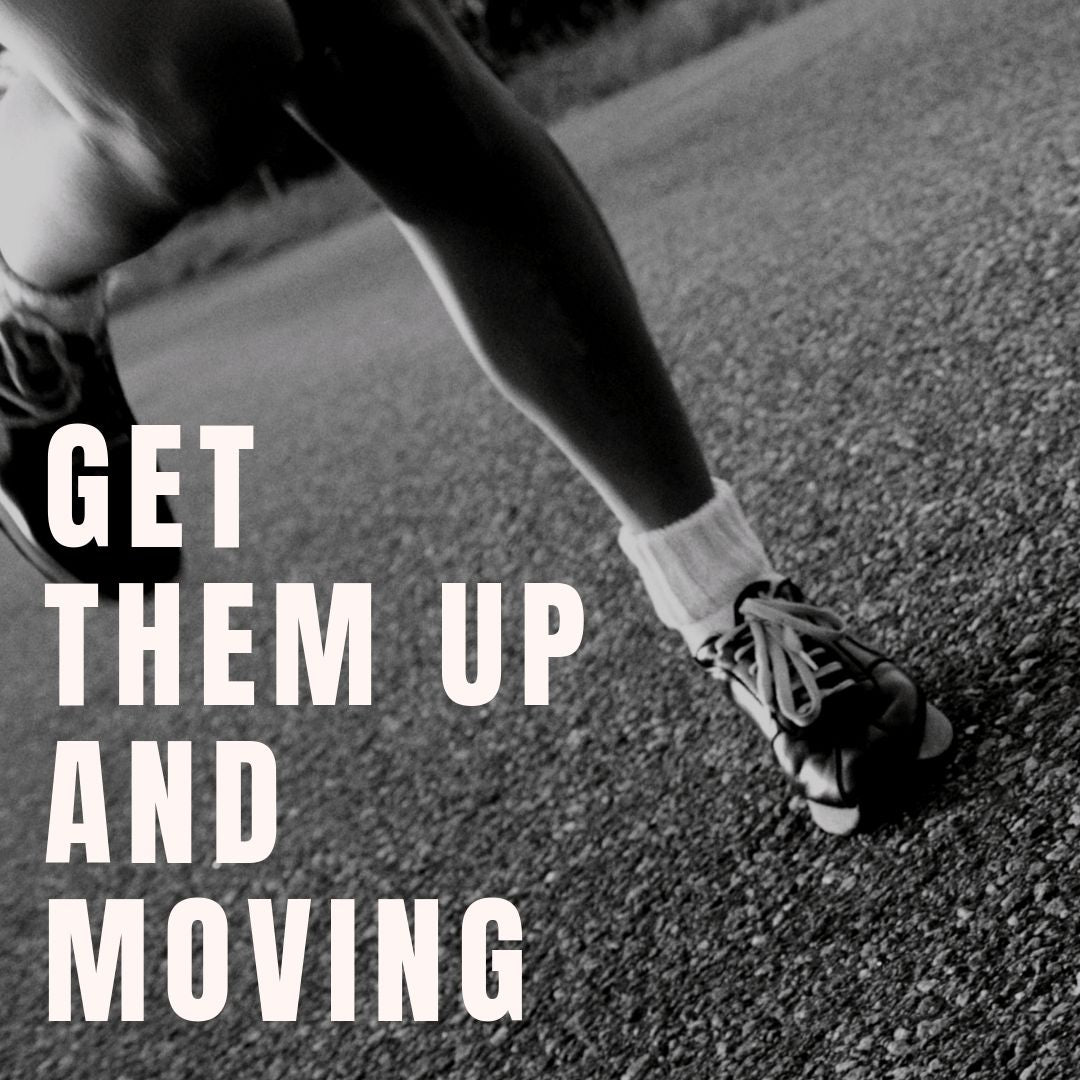
Get them up and moving!
Share
If you’ve never done the math, I’d bet our students sit for 5 hours each day at a desk, at lunch, on the bus...in spite of the fact that we know that being sedentary is NOT part of a healthy lifestyle. Not to mention it’s BORING.
Yet I digress…
These are some of our favorite ways to get our kids up out of their seats, the blood flowing and to keep them awake. It also works great for those antsy ones who need to move around, or, like our students, who are on an 88 minute block. My butt would surely fall asleep.
4 corners - This is a well loved response activity in the Comprehensible Input world. In the four corners of your classroom, you’ll place 4 responses that you want to elicit, for example:
SI
NO
A VECES
DEPENDE
MUCHO
POCO
A MENUDO
DE VEZ EN CUANDO
ESTOY DE ACUERDO
NO ESTOY DE ACUERDO
NO ESTOY SEGUR@
DEFINITIVAMENTE NO
You can then pose a statement, have the students get up and move around the room to show what they agree with. Depending on the level, the topic, the amount of questions for review, or the amount of input and / or output that you’re looking for, discussion can ensue.
If we are reviewing an activity with essentially the same answers, asking them out of order helps keep students engaged. Engagement = input = acquisition ← muy bien
BONUS: Any time you see them about to fall asleep, pick one side of the classroom to be your “me gusta” side, and one side to be the “no me gusta” side. Vary those responses (por / en contra, for example) for a visual picture of their opinion on almost any topic. Try this: next time you use a song in class, one side is a ‘me gusta’ response, and the other side is ‘no me gusta’. Then, give them a number of points: la letra, el video, el ritmo, etc, and you’ll have them logging steps in no time.
Levántense si...- a quick response that will wake them up. You’ll say “Levántense si......and recite the sentence that you would like a response for. Have upper levels? Intermediate and advanced students (or novice, if they’ve had enough input, or it’s comprehensible enough) can respond, even without previous written response.
- Levántense si van a la escuela a pie (novice, from THIS unit)
- Levántense si están de acuerdo: La tecnología tiene efectos nocivos en el individuo (intermediate from THIS unit)
- Levántense si es algo que hacen: Me cepillo los dientes con el grifo prendido (novice high from THIS unit)
Input through your classroom - Kids love visuals. And we love visual literacy. Post your topic around the room and have kids get up and find it. We do this with anything from tables of information, Structured Input that we want to inundate them with, and great visual literacy that gets them up and moving.
For example: This novice level unit on Celebrations is EXCELLENT when it is visual. In it, there is a series of Event Plans for a variety of celebrations. Students walk around the room to find a match to the description on their paper. Bonus: They may have to look closely to find the information that they need. Check out other ways to do this HERE and HERE.
Charla - This partner switch activity is another great way to 1) review questions prior to assessments, 2) check for understanding and 3) offer output opportunities. Like it is presented in THIS unit, students each choose a question or statement on strips of paper, and chat with new partners around class. First, demonstrate: Choose a strip and give one to a volunteer. Ask them your question, listen to their answer, and respond in some way. Have them ask their question, and respond to it. Then, trade papers. To start, have kids choose the strips, then ask the question to their shoulder partner as you walk around class. That way, you can answer any questions that they may have.
Now, moving on...have them find a NEW partner. Give them a fixed amount of time to ask and answer their questions. They will then TRADE questions and find another new partner. Therefore, they are super experienced in both having heard the question, responded to it, and possibly, conversed about it with their previous partner. Continue this for a few rounds. With upper levels, try using Table Topics in Spanish...my AP kids love it! Just take a small deck, hand out the questions and go for it. In the large deck provided, you’ll definitely have enough to use new questions the next time.
